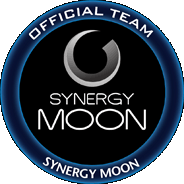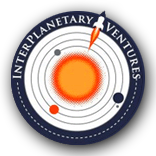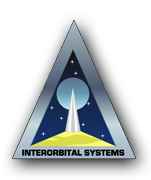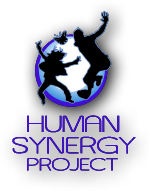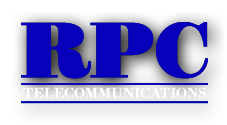|
| Technological Innovation | | Arts and Humanity | | Partnering Organizations | | Team Members | | Promotions and Events | | Video Library |
Technological Innovation
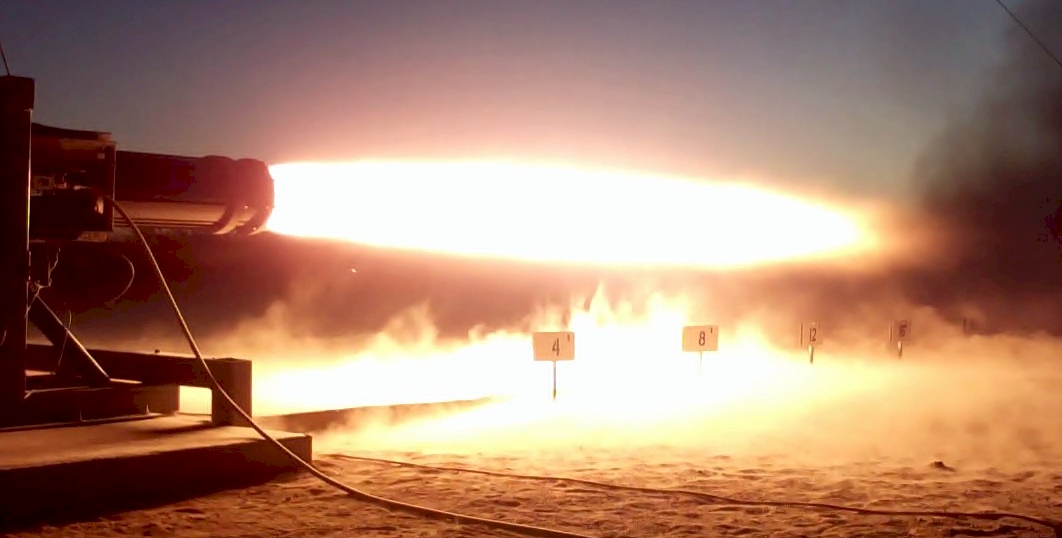
Interorbital Systems' NEPTUNE rocket series' main engine roared to life in its first hot-firing test. The IOS GPRE 7.5KNTA (General Purpose Rocket Engine; 7,500lb-thrust; Nitric Acid; Turpentine; Ablative cooling) Google Lunar X PRIZE Mission TechnologiesSYNERGY MOON is developing a family of space travel and exploration technologies specifically for use in the Google Lunar X PRIZE competition. Our mission plan is to launch using a NEPTUNE L-1000 Rocket. This rocket will then deploy the CYGO Cruiser. The CYGO Cruiser will release a TubeSat and the Lunar Lander which will land and deploy the Tesla Prospector Rover and Tesla Surveyor Rover. The Lunar Lander, CYGO Cruiser and TubeSats will assist communicaton with the first moon based internet web server and addtional technology for scientific investigation.
Rocketry and Rocket SystemsSYNERGY MOON utilizes a new generation of low-cost, rapid-response manned and unmanned orbital launch vehicles. NEPTUNE Series rockets are designed for minimum cost and maximum reliability. Unnecessary, expensive, complex, failure-prone, and performance-limiting systems such as wings and turbopumps have been eliminated from their design. NEPTUNE Series launch vehicles are designed to be deployed from land or sea, launch costs will be relatively insignificant (compared to standard spaceport fees), and launch scheduling will be based on customer demand (not on placement in a spaceport's launch rotation).
Modular Rocket SystemsEach member of the NEPTUNE Series of launch vehicles is assembled from multiple Common Propulsion Modules (CPM's). Both Small and Large CPMs are currently under development at IOS. The CPM selection is based on the launch vehicle application and projected cost. Payload capacity can be varied by increasing or decreasing the number of CPM's or the size of the CPM used in the rocket's CPM cluster. The first series of NEPTUNE orbital launch vehicles will utilize the small CPM's.

NEPTUNE L-1000 Modular Rocket SystemThe NEPTUNE L-1000 is a multi-stage medium-lift launch vehicle capable of launching a 1000-Kg payload into low-earth orbit or a 190-Kg payload to Earth escape velocity. The rocket is composed of 9 Common Propulsion Modules.The NEPTUNE L-1000 is planned to launch the Google Lunar X PRIZE Team SYNERGY MOON lander & rover to the Moon. 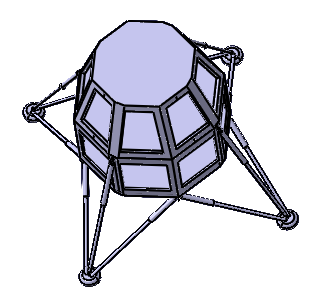
Team SYNERGY MOON's Lunar Lander
Lander TechnologyThe lander is designed to deploy the Tesla Rovers on to the lunar surface. It is smart machine, featuring the first moon based internet web server, a communications relay, cameras for observing its lunar surroundings and the first lunar based telescope for making observations of cis-lunar space.Interplanetary Robotics, Prospectors and Surveyors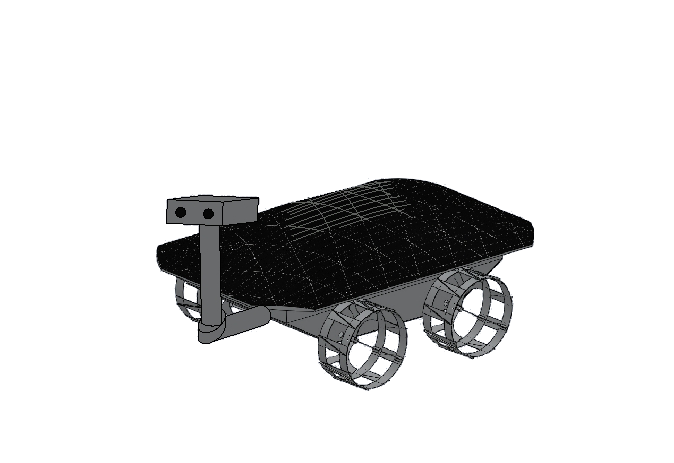
The Tesla RoversAs a part of the Google Lunar X PRIZE we have designed the Tesla Rovers whose mission is to successfully travel 500 meters over the lunar surface, and send images and data back to the Earth.
The Tesla Surveyor is designed as a virtual excursion vehicle. Equipped with twin high definition video cameras for stereoscopic vision, the Tesla Surveyor will take viewers on a trip across the surface of the moon. The Tesla Prospector is designed as a virtual prospector, with sensors and cameras to examine the environment and identify the mineral content of the rocks and lunar regolith.
Both the Telsa Prospector and Surveyor will be capable of autonomous operations, able to take care of themselves and carry out exploration missions on their own, saving their observations for later transmission to earth or streaming near real time video of their adventures. The Tesla Prospector will also carry a set of microbots, that will carry out specialized scientific and artistic projects.
Satellite Designs and Deployment
Tube SatellitesPlanet Earth has entered the age of the Personal Satellite with the introduction of Interorbital's TubeSat Personal Satellite (PS) Kit. The new IOS TubeSat PS Kit is the low-cost alternative to the CubeSat. It has three-quarters of the mass (0.75-kg or 1.65-lb) and volume of a CubeSat, but still offers plenty of room for most experiments or applications. And, best of all, the price of the TubeSat kit actually includes the price of a launch into Low-Earth-Orbit on an IOS NEPTUNE launch vehicle. Since the TubeSats are placed into self-decaying orbits 310 kilometers (192 miles) above the Earth's surface, they do not contribute to the long-term build-up of orbital debris. After operating for a few months (the exact length of time on orbit is dependent on solar activity), they will safely re-enter the atmosphere and burn-up. TubeSats are designed to be orbit-friendly. Launches are expected to begin in the fourth quarter of 2014.
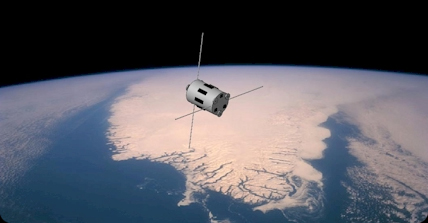
Telecommunications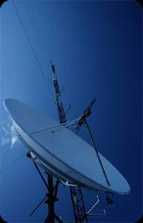
Interplanetary Communications SystemsThrough our founding partner RPC Telecommunications, SYNERGY MOON offers advanced space based telecommunications systems. As a firm of consulting engineers RPC Telecommunications specialises in all areas of satellite systems and radio transmission, but with a strong emphasis on the engineering, use, management and regulation of the radio frequency spectrum, especially for satellite networks.RPC Telecom has, since its inception in 1993, carried out consulting assignments for a range of clients including APMT, Singapore Telecom, Tongasat, ETISALAT, Thuraya Satellite Communications, DACOM, the European Commission, the European Telecommunications Standards Institute, INMARSAT, INTELSAT, EUTELSAT, the government of Vietnam, the UK Radiocommunications Agency and British Sky Broadcasting plc. |
| TEAM SYNERGY MOON FOUNDING PARTNERS
|
|
THANKS FOR OUR FIRST TEAM SYNERGY MOON GOOGLE LUNAR X PRIZE SPONSOR 
|
| Home · About Us · Press Coverage · Membership Program · Sponsorship Opportunities · Contact |

